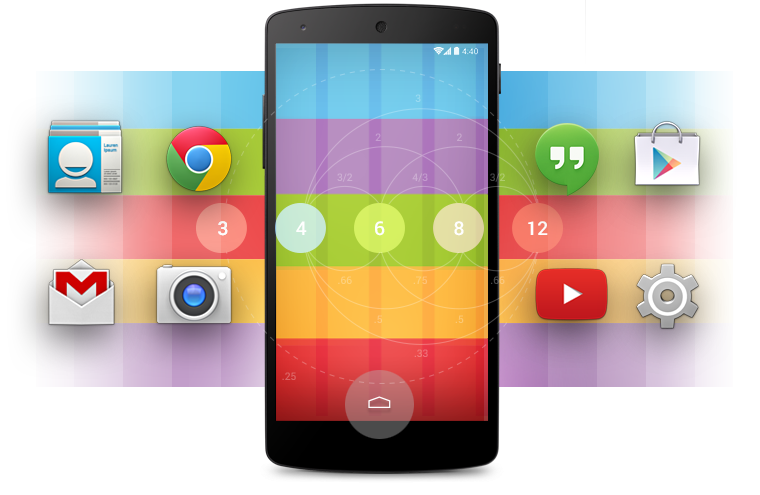Recently I’ve been working on a toy that launches an REPL in adb shell, which would be more comfortable to use if it has the line editing functionality similar to bash. After some research, I found that actually there are a number of line editing libraries available, so it should be a nice and easy addition. However, after some integration work, I was surprised to find that all these libraries (e.g. jline3, linenoise (which was also once imported into AOSP)) only worked on older versions of Android, that is, until Android 8.0.
为 Android 项目使用 Travis CI 并发布持续集成版本
前言
Travis CI 是 GitHub 上开源项目采用持续集成的常见选择。为了给豆芽提供持续集成版本用于公开测试,我配置了 Travis CI,并自己编写了脚本将构建结果发布到另一个空项目的 Release 中,并将其间的过程和遇到的问题记录于此。
Travis CI 构建 Android 项目的时间较长,因此调试配置时十分耗时。希望我的经验能对他人有所帮助。
Thoughts on Content Handling in Android Application
Introduction
For content-oriented Android application, how and where to store the content to display is a issue every developer will be concerned with. The Android framework provided a comprehensive solution with ContentProvider (and a lot more) which suits quite well with a SQLite database; but in a lot of other scenarios, the app only need to have some information cached, while the majority of content is directly retrieved from network, thus eliminating the need for a database (and a complicated content scheme).
But when we look into the core of this issue, we will soon find out that it is in fact a problem of whether to have a central storage, and how to notify different components about a change.
Android 开发入门指南
前言
从我入门 Android 开发至今已经两年有余,过程中有了一些经验和积累,所以在此将我对于入门者的建议记录下来。
LinearLayout 的拖放操作和动画
前言
Android 中ListView的拖放操作和动画实现已经被这个 DevByte 和相关的样例说明,并且也有 ListViewAnimations 这样强大的开源库进行了集成。但是,一番 Google 后,我发现基于LinearLayout的相关实现却不多。
然而,有时我们可能需要使用LinearLayout替代ListView来实现列表,例如不需要ListView的视图回收机制(比如使用Fragment作为列表项),或者我们需要把这个视图放在ScrollView中。
在使用LinearLayout实现拖放和动画时,实现代码相比于之前提到的ListView实现也需要一些变动。因为我在网络上没有找到相应的资料,所以写下这篇文章来记录这个过程。
Android 设计简明教程

零、前言
这是我作为一名 Android 开发者对 Android 设计的理解。在这个教程中,我主要参考官方的设计教程,同时会加入一些自己的见解,并穿插一些实用资源。其中 NovaDNG 的几篇文章对我影响较大,对此十分感谢。
在今年,Google 已经推出了新的 Material 设计规范,对真实世界进行抽象的模拟,实现了在各个平台上的统一设计标准。我对这个标准的理念认同,然而在布局等细节上有些许分歧。诸位可以学习完 Android 设计后继续学习 Material 设计,作出自己的判断。本文写作于 2014 年,而今 Material Design 已趋于成熟并且被广泛应用,因此推荐读者转而阅读 Material Design 设计规范。